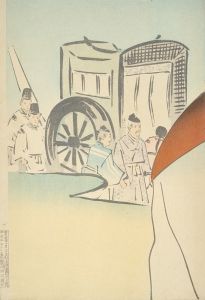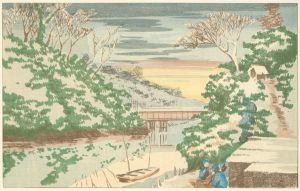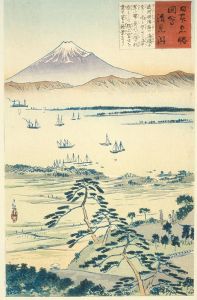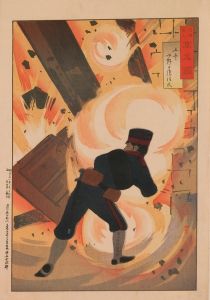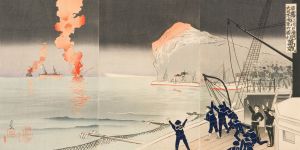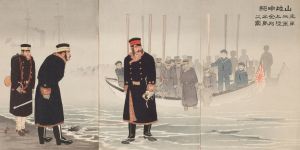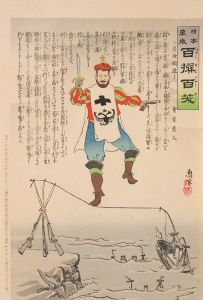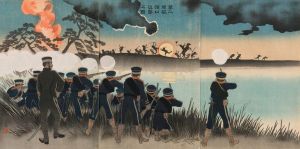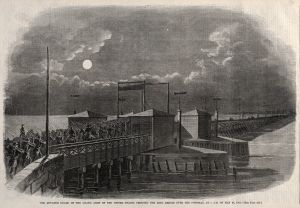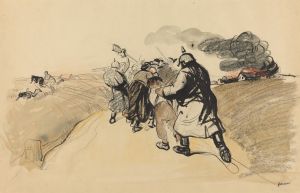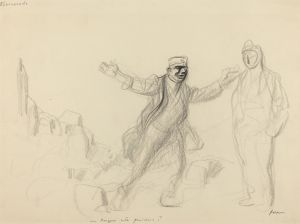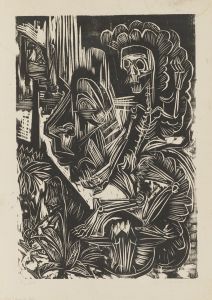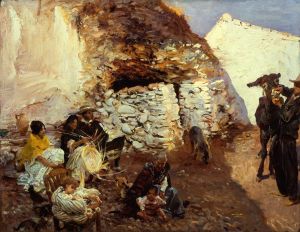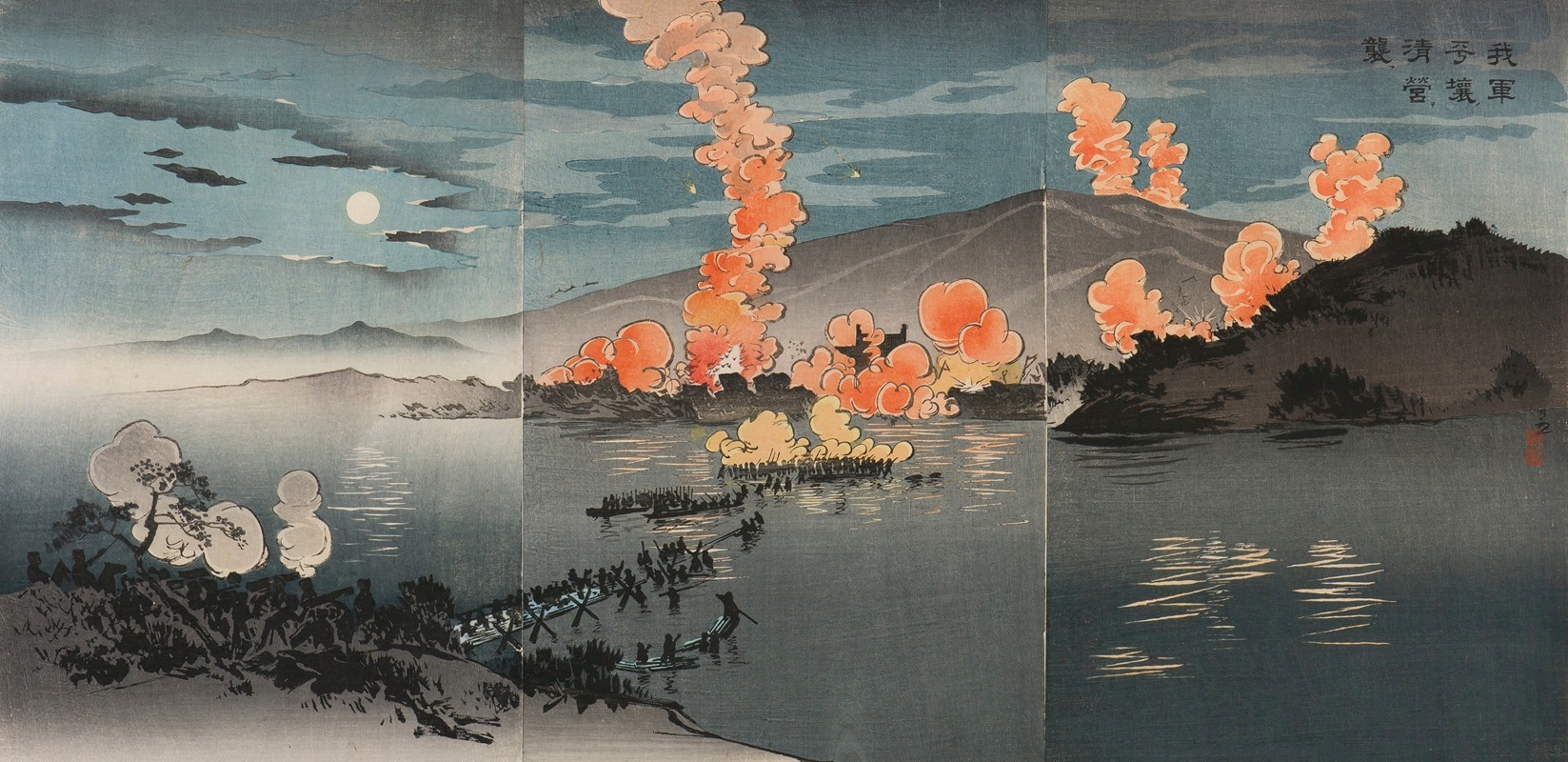
Our Army Attacks the Chinese Encampment at Pyeongyang
A hand-painted replica of Kobayashi Kiyochika’s masterpiece Our Army Attacks the Chinese Encampment at Pyeongyang, meticulously crafted by professional artists to capture the true essence of the original. Each piece is created with museum-quality canvas and rare mineral pigments, carefully painted by experienced artists with delicate brushstrokes and rich, layered colors to perfectly recreate the texture of the original artwork. Unlike machine-printed reproductions, this hand-painted version brings the painting to life, infused with the artist’s emotions and skill in every stroke. Whether for personal collection or home decoration, it instantly elevates the artistic atmosphere of any space.
Our Army Attacks the Chinese Encampment at Pyeongyang is a woodblock print created by the Japanese artist Kobayashi Kiyochika. This artwork is part of Kiyochika's series of war prints produced during the First Sino-Japanese War (1894–1895), a conflict between the Qing Dynasty of China and the Empire of Japan over influence in Korea. The print depicts a scene from the Battle of Pyongyang, one of the significant engagements of the war, which took place on September 15, 1894.
Kiyochika, known for his ukiyo-e prints and his innovative use of Western-style shading and perspective, created this work as part of a broader effort to document and celebrate Japan's military victories during the war. The print illustrates Japanese forces attacking Chinese positions in Pyongyang, a key strategic location in the Korean Peninsula. The Japanese army's victory in this battle marked a turning point in the war, as it allowed Japan to establish control over northern Korea and further advance into Chinese territory.
The artwork reflects the patriotic fervor of the time and serves as an example of "senso-e" (war prints), a genre of Japanese woodblock prints that gained popularity during periods of military conflict. These prints were often used to disseminate news of battles and victories to the Japanese public, as well as to bolster national pride and support for the war effort. Kiyochika's work in this genre is notable for its dramatic compositions and attention to detail, which convey the intensity and dynamism of the battlefield.
In this particular print, Kiyochika employs vivid colors and dramatic contrasts to emphasize the action and chaos of the attack. The Japanese soldiers are shown advancing with determination, while the Chinese encampment appears to be in disarray. The use of light and shadow enhances the sense of depth and movement, showcasing Kiyochika's skill in blending traditional Japanese artistic techniques with Western influences.
While the print is a striking visual representation of the Battle of Pyongyang, it is important to note that such works were often created with a propagandistic intent. As a result, they may not provide an entirely accurate or unbiased depiction of historical events. Nonetheless, Our Army Attacks the Chinese Encampment at Pyeongyang remains a valuable artifact for understanding the cultural and historical context of the First Sino-Japanese War and the role of art in shaping public perception during times of conflict.





